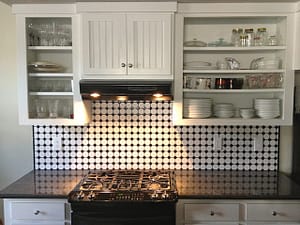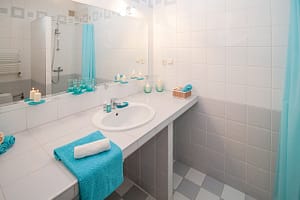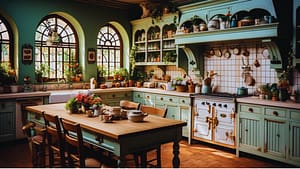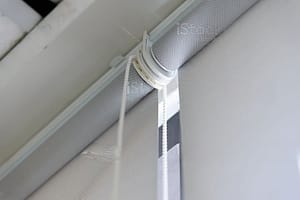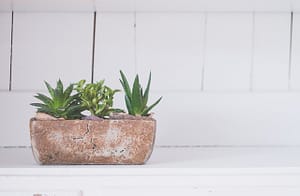
When you face a plumbing problem, what do you usually do? Does your plumber always come first to your mind? For many people, this is the only option they choose.
However, there are several plumbing problems that you can solve yourself. This will not only save your time but also help you avoid bigger, more expensive plumbing repairs.
Most of these DIYs are easy to do by self. Yes, surprising as it may sound, it’s true. These DIYs need mostly household products and easy to use tools to unclog or speed up drains or toilets, or even to cleanse pipes etc.
That is why we have come up with 5 DIY plumbing tips just for you:
1. Leaky Faucets

Many a time, we get a leaky faucet. However, a leaky faucet can be a relatively easy to fix and need not to cause you such a headache. You will get online help on basic types of faucets and how to take them apart and clean them.
That said, you need to then fix the faucet and ensure a steady flow of water. Remember the proverb – ‘A stitch in time, saves nine’? Well, it applies here too – Fixing a small problem like the leak in the faucet early, would help you to avoid an expensive plumbing bill later on.
However, if you face more difficult repairs, it may be easier to replace the entire faucet. You can do this by simply following the instructions on the package.
2. Clogged Drain

Clogged drains are often a common factor. One easy tip is to use hair catchers in the bathroom drain. For the kitchen sinks, avoid putting grease or food particles down kitchen drains. Besides that, using simple home remedies will also help.
Using a combination of baking soda and vinegar can clear clogs. You need to add this mixture into the drain and then pour some hot water into the drain. You will see how the clogged pipe is soon relieved.
Sometimes, a slow drain is caused due to issues related to a plumbing vent. A plumbing vent regulates the air pressure in the pipes. You can easily remove dirt using a sink plunger or cable auger. For persistent issues, however, you would need to contact the plumber.
3. Running Toilet

A running toilet is often a cause of worry for many. It is usually caused by a faulty stop valve or floater switch. It stops the flow of fresh water into the toilet once the tank is full. A simple option is to replace the flapper of the tank. This can be done as a DIY at home. But if the problem persists, then go for changing the entire assembly altogether.
A running toilet wastes about 24 gallons of water per day; so make sure to invest time and efforts to fix it out.
4. Caulking Bathtubs and Showers

Over time, tubs, and showers show up with mold and mildew. That is why they require a special caulk from time to time. There are two types of caulks – silicone and latex.
The silicone caulk is waterproof and very flexible. Besides, it is long-lasting. However, it is difficult to apply or re-apply. Silicone caulk can be found either in clear, white, and almond color.
Latex caulk is a bit easier to use than the silicone one. It can be easily applied and doesn’t take much effort to clean up. Besides, it comes in a variety of colors which you could match up with other accessories in your bathroom.
Make sure you check the label when you purchase the caulk, and only get the one that is designed for tubs and showers. Also, opt for a good quality caulking gun.
5. Upgrading Showerheads

Once in a while, you must invest in upgrading showerheads. Upgrading to low flow showerheads will help you to save around 20-30% on your monthly water bill. A change of showerhead is easily possible and you could do so on your own.
Conclusion:
Though plumbing is not entirely an easy job, some of the plumbing chores need only a small input. These you can easily manage with the above DIY ideas.
Remember to keep a good toolbag like Cp4 for these DIYs and you are all set! A toolbag should ideally contain a plunger (one for the sink and one for the toilet), an adjustable wrench, a screwdriver, couple of pliers, a utility knife, plumbing tape, and a caulking gun.
Also, keep along hex/Allen keys which are useful to tighten small nuts and bolts. They come in different shapes such as square, hexagon, and sizes such as small, medium, large to cater to different needs. Other than these you could add more sophisticated tools if you need but for the basic DIYs, these will perfectly suffice.

